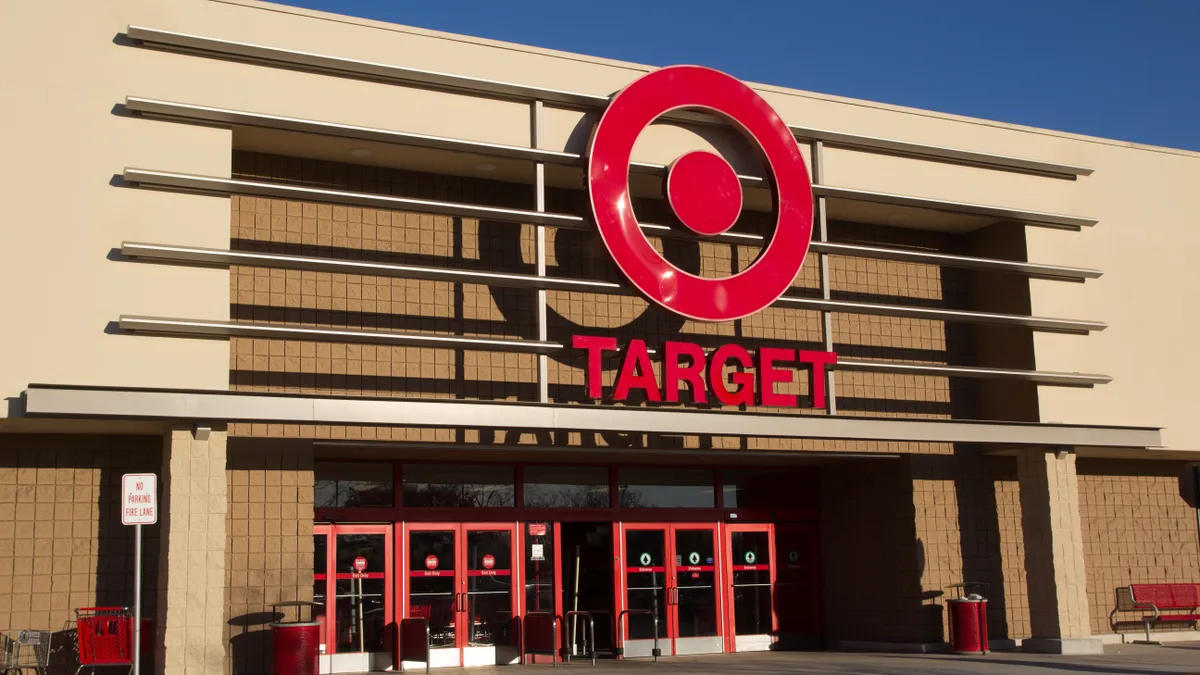Dive Brief:
-
Target Corp. has hired former Wal-Mart executive Shekar Natarajan for the newly created position of senior vice president, network planning and operational design in its on-going effort to improve its supply chain, the Minneapolis/St. Paul Business Journal reports.
-
Natarajan will be based in the company’s Sunnyvale, CA office in Silicon Valley to oversee the retailer’s direct-to-store and direct-to-customer supply chain systems. He’ll report to executive vice president and chief supply chain and logistics officer Arthur Valdez, who arrived from Amazon earlier this year.
-
Natarajan most recently was vice president of last mile operations, emerging sciences and operational excellence at Wal-Mart.
Dive Insight:
Shekar Natarajan’s new role will include duties like shoring up Target’s inventory shipments to stores and directly to customers from manufacturers or the company’s warehouses. By bypassing its distribution centers, the retailer can drastically reduce the time and expense of shipments to store shelves and customer homes.
It’s a system often employed by Jet, the e-commerce startup recently acquired by Wal-Mart, and other e-commerce ventures. The move could also help Target ensure that its shelves are amply supplied, especially critical in the age of omnichannel; the retailer has often struggled with empty shelves in stores.
Amazon has generally opted to build up its warehouse and distribution network, though its own supply chain costs have gotten the best of it. In its latest quarter, the e-commerce giant saw fulfillment and delivery costs gut its profits.
Meanwhile, Target has been beefing up its supply chain management. In addition to its hire of Valdez, for which earlier this year Amazon filed a lawsuit claiming the retailer violated the terms of a non-competition agreement, Target this summer hired former Apple logistics executive Ben Cook.
Despite a turnaround plan that has rotated in several high-level execs, Target is struggling somewhat of late. Second quarter same-store sales decreased 1.1%, in line with the company’s guidance of flat to down 2% and in line with analyst expectations for down 1%. That was Target’s first negative same-store sales measure since the first quarter of 2014. E-commerce sales rose 16% over last quarter, below the 23% increase in the first quarter and the 34% increase during the last quarter of last year.









